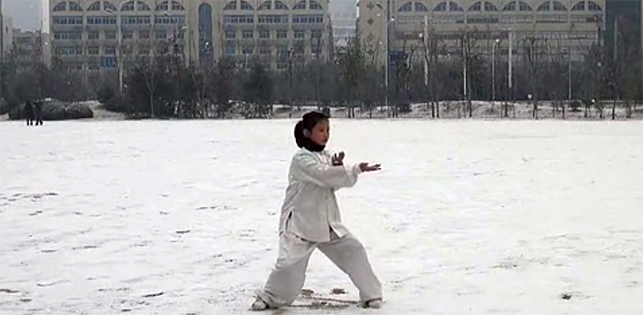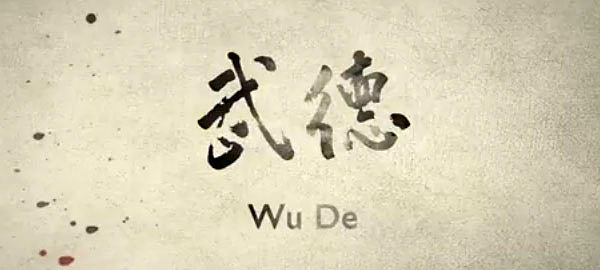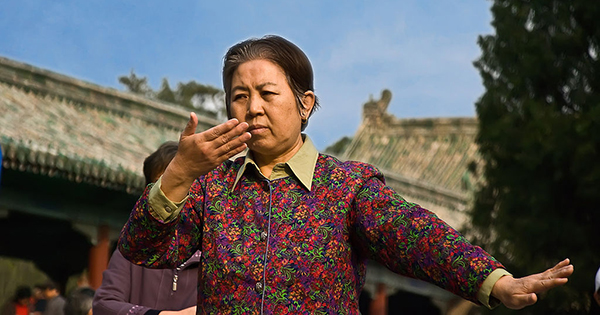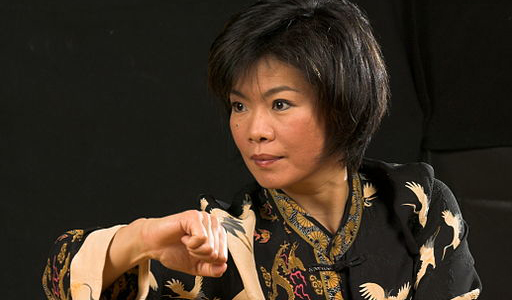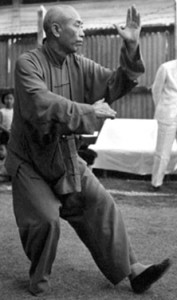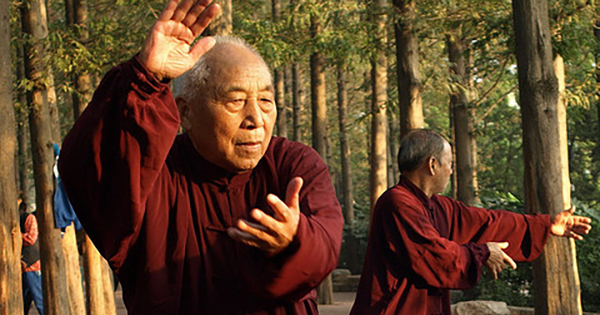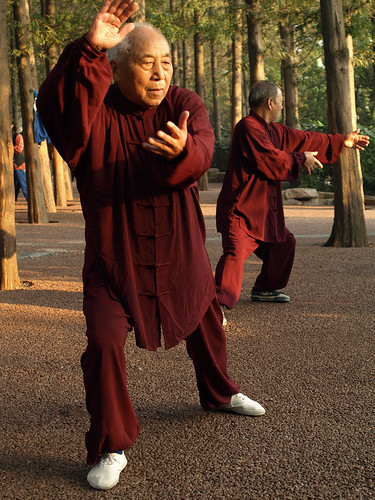The use of the eyes in traditional Tai Chi Chuan is an often misunderstood or even unknown element of training in many schools. So then, what is the importance of the eyes in the training of Tai Chi Chuan, and how does one train the use of the eyes? This article will focus on the use of the eyes in order to build a strong foundation based upon the principles of movement in the beginning stages of training.
 The proper usage of the eyes will help unite the mind and body. The eyes assist in training the body to move in the right manner according to the principles of Tai Chi Chuan. Generally, the body will turn towards the direction in which the eyes look out towards. In fact, if you are looking straight forward or in the wrong direction then the eyes may actually even be a detriment to the proper turning of the waist which we want to achieve in our practice of Tai Chi Chuan.
The proper usage of the eyes will help unite the mind and body. The eyes assist in training the body to move in the right manner according to the principles of Tai Chi Chuan. Generally, the body will turn towards the direction in which the eyes look out towards. In fact, if you are looking straight forward or in the wrong direction then the eyes may actually even be a detriment to the proper turning of the waist which we want to achieve in our practice of Tai Chi Chuan.
I was taught to follow the movement of the lead hand, then as the movement is finishing, “head up and look far away” as I was often instructed to do. Now, depending upon the specific style and intent of the move, what may be the lead hand for some may not be the lead hand for others. Basically, the lead hand is the hand that is “leading” the direction of the movement.
For example, let’s look at the movement “Brush Knee Twist Step” from the Traditional Yang style of Tai Chi Chuan starting from the previous posture “Play the Pipa”. (Stylistic differences will vary)
As the weight shifts into the right leg to allow the left leg to empty for the step, the right hand drops, circles out and up to the right. When the step is completed and the left heel touches the ground the right hand should have circled up to the area by the right side of the head (height of the hand will vary depending on style). The eyes will follow the movement of the right hand as it circles out and back closer to the body.
As the weight shifts into the left foot, the right hand and arm drop in front of the right chest and then releases away from the chest with the palm forward. The eyes will follow the movement of the right hand until the weight has shifted approximately 3/4 of the way forward at which point you look far away in the direction of the right hand.
One thing to note is that when the eyes are looking in the direction of the hand, they are not focused on the hands itself. The area of focus for the eyes is just beyond the the hand, and slightly ahead of the direction in which the hand is traveling. You are not focusing on one point, but rather it is a soft focus of that area.
So then the the focus is in the direction of the movement of the hands, and not the hands themselves. While the eyes follow the lead hand, the other hand is not forgotten. Try keeping both of the hands within the peripheral vision of the eyes. With training, the following of the hands become more of a mental focus rather than visual. When they eyes look far away, they look beyond the person that may be in front of you, past the wall that is behind them, and past the buildings and hills beyond that!
This method will help to train the body to move in a more unified manner. The use of “whole body” movement is one of the hallmarks of traditional Tai Chi Chuan. By following the movement of the hands with the eyes, it allows a process that starts to train the mind-intent. The eyes connect with the movement, the mind connects with the eyes, and with time the mind connects with the physical movement without the need of the intent of the eyes.
Continue to page 2…
